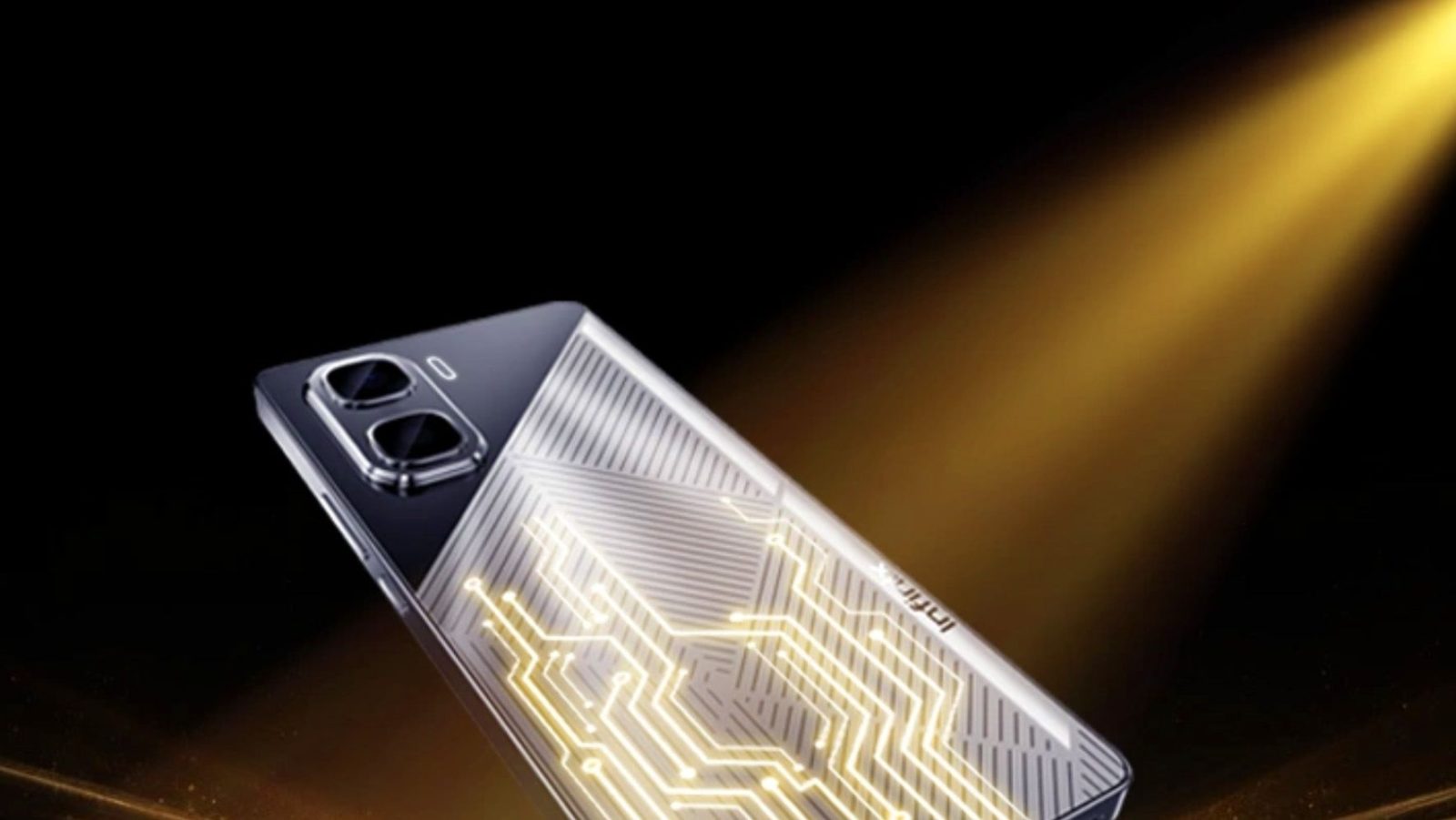
Contents
Chinese company Infinix demonstrated several peculiar concept devices at MWC 2025. One of them caught my attention: a smartphone with built-in solar cells. They cover most of the device’s back and provide up to 2W of power in ideal conditions. This sounds like a good idea when even the phones with the best battery life last no more than a couple of days between charges. Yet, no phone maker has launched a solar-charging Android smartphone. Why is that?

Related
How much power can solar cells make?
Spoiler: Not much on a phone

Source: Infinix
I love the concept of harnessing the sun’s energy. Sunlight is abundant in many parts of the world and provides practically free energy when you have the hardware to collect it. The downside is that even the best solar cells you can buy capture only about a quarter of the energy reaching us. In practice, that’s about 240W per square meter or 22W per square foot. So, a state-of-the-art solar panel the size of a Samsung Galaxy S25 Ultra would make 3W at most.
Even with its high-efficiency cells, the Infinix solar-powered phone concept generates no more than 2W. For context, a 5,000mAh phone battery takes over nine hours to fully recharge from a 2W power supply, assuming perfect efficiency. Even the cheaper Samsung Galaxy phones support 25W wired charging. A built-in solar cell cannot serve as a replacement for wired or even wireless charging. While it can slowly top off a phone in stand-by, the perovskite cells Infinix used may not be the best choice. While highly efficient, they degrade a lot quicker when used compared to silicon-based cells.
Another issue is that a solar cell requires direct sunlight to reach peak power output. It does not generate any meaningful power in the shade and may not work under indoor lighting. Solar cells optimized for indoor use exist, but are expensive and produce power in the microwatt range. Even the angle at which light hits the cell makes a significant difference. In other words, a built-in solar panel would rarely charge a phone at full potential.
Why you don’t want a solar cell on the back of your phone
The sacrifices you have to make
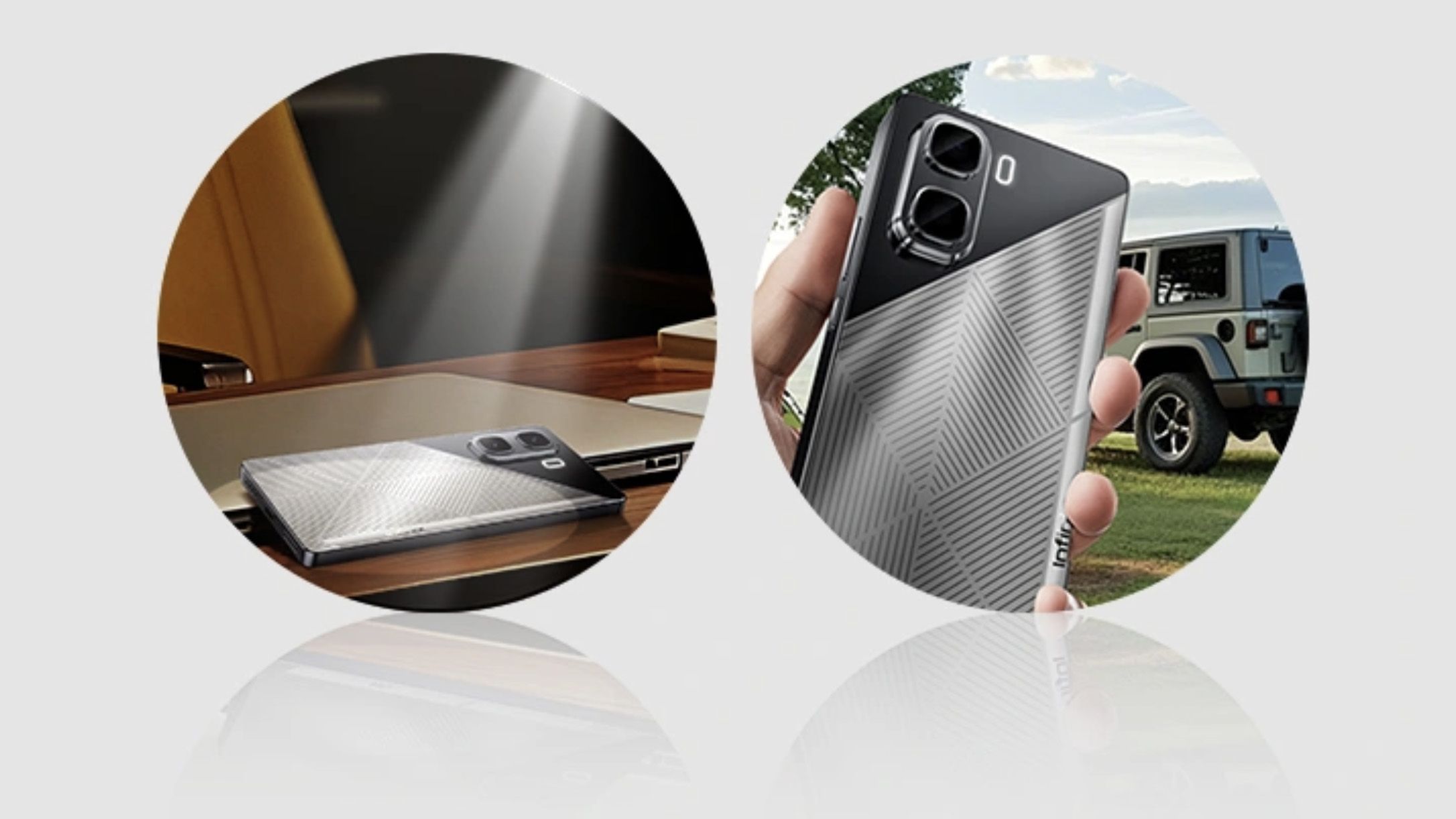
Source: Infinix
Placing a solar panel on the back of a phone comes with a long list of tradeoffs. For starters, the manufacturer must free up room for the cells by making the phone thicker or using a smaller battery. Also, wireless charging would be out of the question if a solar panel were in the way. Then there’s the issue of durability. Solar cells are fragile, and covering them with a protective case defeats the purpose of having them.
Even if a phone company could solve these challenges, you wouldn’t want your phone to spend much time in strong sunlight. Heat is the enemy of a healthy battery, and even though new battery technologies could prove more resilient in that regard, existing lithium-ion chemistries fare poorly in extreme temperatures. Exposing a phone to the sun’s scorching rays is near-guaranteed to shorten its lifespan.
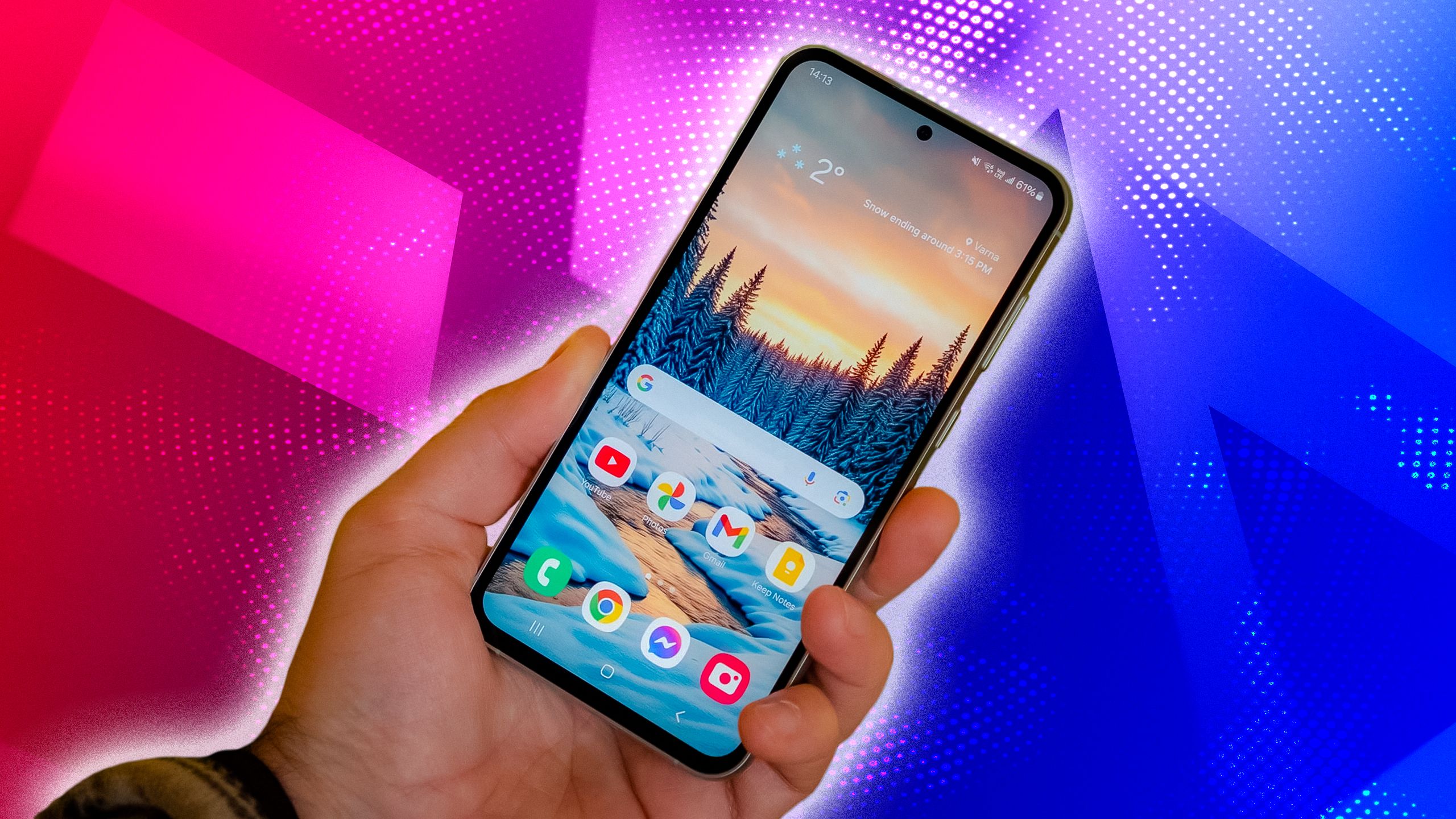
Related
Yet some companies have done it anyway
Despite the hurdles, some companies have released solar-powered phones. Nokia pioneered the concept in 1997 with the Nokia 1610/1611, which had an optional removable battery with a solar cell. In 2009, Samsung launched the E1107 and the S7550 models, and LG gave us the GD510 Pop. All had built-in solar cells on their backs.
Making a phone that charges from the sun is possible. However, since no company followed up with newer models, it suggests that user interest must have been low. It’s a novel concept, but buyers must have been underwhelmed by how little energy the solar cells generated. Samsung’s models got about 10 minutes of call time from an hour of charging under the sun. The solar feature was meant to provide supplemental power in a pinch and barely made an impact in day-to-day use.
The future is bright, just not for phones
Solar energy harnessing is real and has many practical applications. However, integrating solar cells into smartphones, or most other gadgets, does not make sense with the technology we have today. The tradeoffs are many, and the benefits are questionable. A concept like Lenovo’s solar-powered laptop has a greater chance of succeeding thanks to its larger surface area and thus greater power output, but I remain skeptical.
The good news is that longer-lasting phone batteries are already here. Innovative battery technologies deliver greater energy density, and some commercially available phones already use them. Check out our OnePlus 13 review to learn more about this prime example. Its Silicon-Carbon chemistry allows 6,000mAh worth of charge to fit in a phone under 9 millimeters thick. Even if you’re not in the market for a budget, the best power banks are affordable and solve battery woes in a pinch.
What’s your reaction?
Love0
Sad0
Happy0
Sleepy0
Angry0
Dead0
Wink0
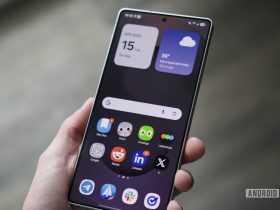



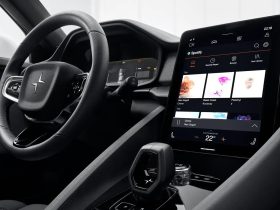

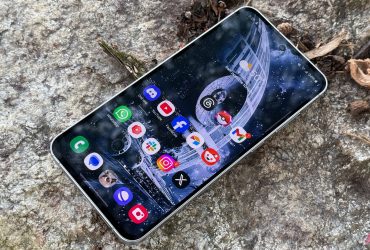
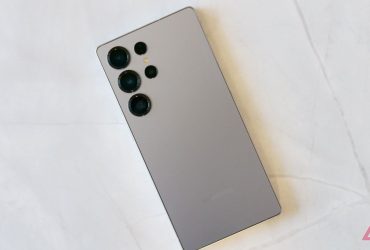
Leave a Reply
View Comments